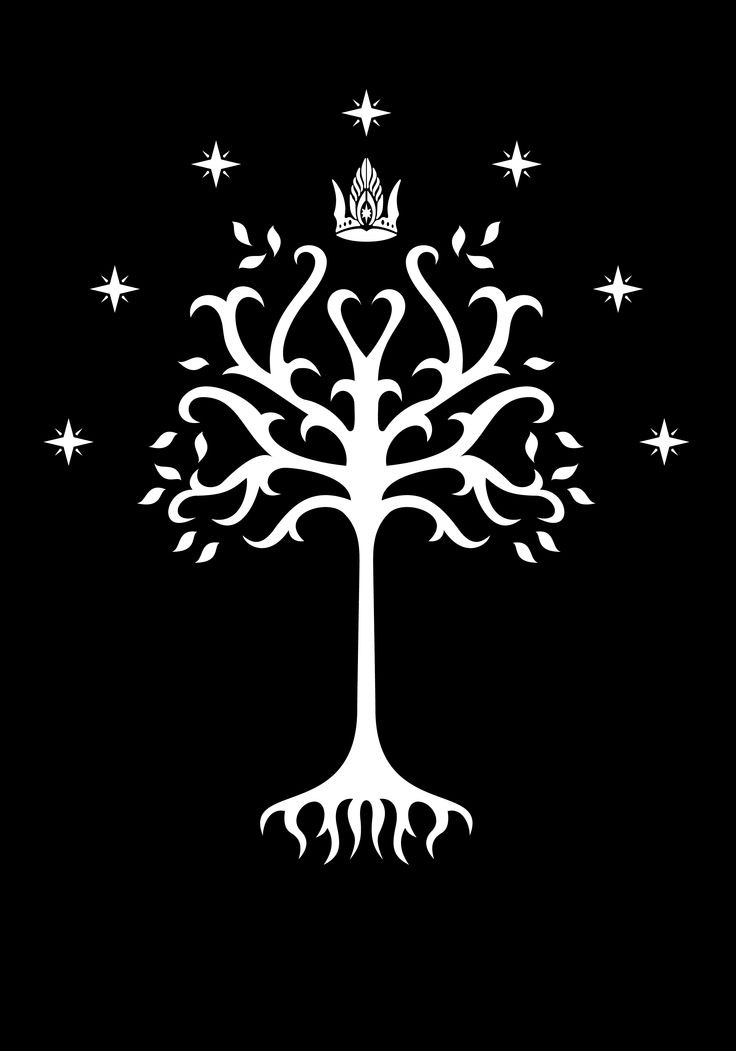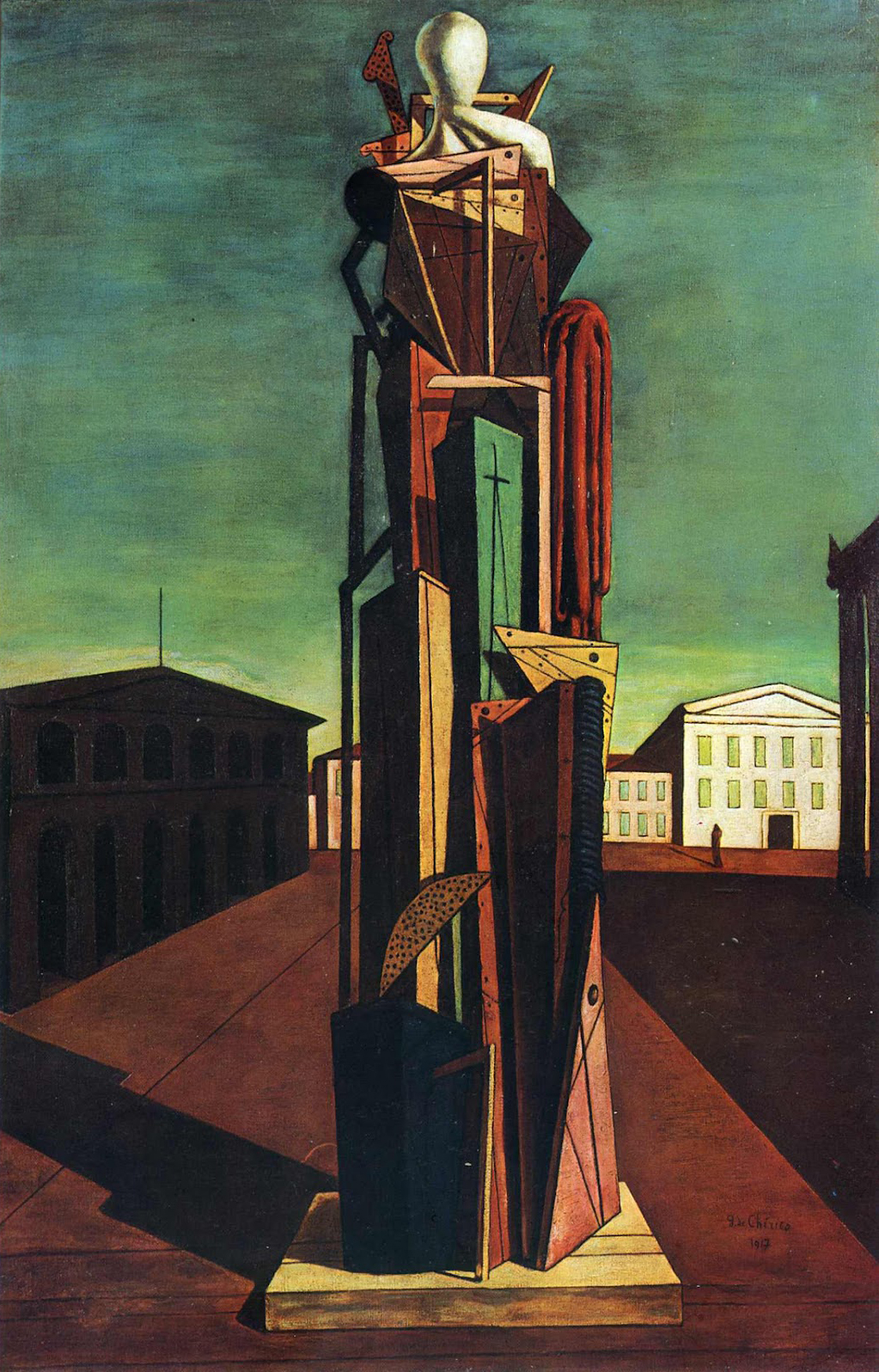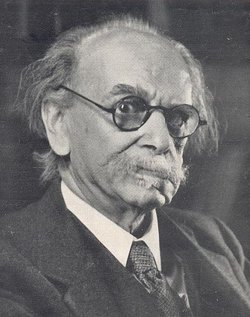I’m looking forward to Richard Spencer and James Edwards running for president and vice president this year to let white nationalists know that, legally, they’re not going anywhere (cf. Charlottesville).
The time has come to speak about a revolution within the limits allowed by the law of the United States. As today the book Siege is the most popular of the radical wing of the nationalists, I must say a few words about the author and Siegereaders. Recently, a friend posted this on his Twitter account:
I think James Mason’s current philosophy—that there’s no need for revolutionary action because NS Germany sacrificed for us all, just wait until the climax comes—is related to the fact that Mason’s had enough days of action and is now a 66 year old Boomer in retirement phase.
Another friend emailed me:
James Mason’s Christian Identity may seem an obvious point to start at. Not that he is CI of course, but that he apparently does nothing to vanquish Satanism from Atomwaffen [Division]. If he truly believed in his own religion then he would be writing multiple articles denouncing Satanism and proselytising his theological beliefs, and yet he concentrates on doomsaying and the occasional news commentary. If he believes in fire and brimstone then he should give them fire and brimstone.
Not long ago Mason spoke about the entire world being punished as in the Old Testament, the innocent along with the guilty (listen to his brief audios: here). But what about the revolution that he used to preach? Is it possible that Christianity has tamed the blond beast? There are many 66-year-old Islamists who yearn to die heroically in Jihad attacks for their holy cause. What would have happened if, instead of the Christian pond to which Mason fell after writing Siege, he had reached the towers that appear below? Would he still promote revolution?
Impossible to know. But I still would like to say something about the pond.
I do not believe in the magic of the Tarot. But I do believe, as Jung said, that the figures in the pack of cardsrepresent archetypal symbols. And from this angle I can use the symbol of The Moonto offer my views on Mason and his epigones. Unlike the ‘psychoanalysis’ of the Jew Freud, Jung’s analyses had much more Aryan overtones. So here I would like to interpret the two quotations cited above, and what I’ve heard of Mason, from the point of view of what Sallie Nichols wrote about the card of The Moon. [1]
As we see in the picture, the hero that Nichols sees in other Tarot cards does not appear in The Moon. The intellectual ego of the hero has been submerged in a pond. He fell deeply into a depression, because unlike the hopeful card The Star, no human figure appears to help him out of the darkness. He is as immersed in the aqueous unconscious as is the prehistoric crab imprisoned in the pond. This is the blackest moment in the journey of the twenty-two cards of the Major Arcana: a journey towards the knowledge of our Self (the ideal of the Oracle of Delphi).
The territory that is on the other side of the water is unknown land, a country unexplored until now. Advancing through this place full of abysmal terrors and infinite promises (the towers of distance) requires great courage, more than Mason and his epigones have shown in their later years, as it involves full apostasy (not pseudo-apostasy) from the religion of our parents. As in the initiation rites that we will see in the forthcoming articles about Emperor Julian, in the transition that the hero must now face he should go by naked and alone.
He cannot go back to the mandates of Christian ethics because, expelled from worldly conventions, the hero has been rejected by civilisation, by Western humanity. It takes courage and faith to act as our ancestral enemy, Abraham, did: to get away ‘from your people, from your loved ones, from your home, in search of the land to which I will lead you’ (Gen. 12: 1).
In a route that goes exactly opposite Jerusalem (to Jerusalem all whites of our century are heading), our hero must transform himself to be reborn from the night of terror. We find other accidents in the sky that are bad omens, because the multicoloured drops that appear, unlike the card of The Sun, are directed from the earth to the sky. It is as if the Goddess Moon, as a devouring mother, called to herself all the creative energy of the land of the white man, leaving it desolate and empty.
It is the Dark Night of the Soulthat the most famous saints of the language of Cervantes spoke about, as in the poetry of Saint John of the Cross. In psychological terms, it symbolises a victory of Jerusalem over Rome: the devouring aspects of the unconscious that have resulted in a historical psychosis throughout the West. The Moon of the image seems to suck the energies of the hero, leaving him totally weakened to even think about revolutionary action.
But rebelling against Judeo-Christianity also has its perils. The dogs of Hecate, also trapped under the spell of the Goddess of Night, could tear the hero apart, leaving him raging and foaming at the mouth into a perpetual night: a psychosis without recovery like the one Nietzsche suffered from 1889 to 1900, when he died. Only in the regions of greatest terror, such as the darkest hour of the West, can the golden treasure be found. As Jung said, enlightenment is not achieved by imagining (as stupid New Agers do) figures of light. It is achieved by making ourselves familiar with our darkest side (what I do with my autobiographical books).
The hero sees the river crab trapped in the pond. He feels that it can be prepared to abandon his annoying carapace (the last Christian vestiges) and climb the scale of evolution (as the Greeks, Romans, and also those who dined at the Führer’s table had done). Wet with our own dew of the lacrimae lunae, the tears of the moon, when we are faced with this card the golden towers look very attractive. One wants to move forward to discover what’s inside them. There is no possible return: the road, especially in other pictorial versions of the Tarot’s Moon, leads clearly forward.
The towers of the card are the knowledge that this site provides, especially what we say here about the history of Christianity and how Christian ethics have turned the Aryans into lunatics: a perpetual night of the soul from which not even the revolutionaries have awakened. Regular visitors to this site will remember that, last July, I interrupted my weekly publication of Siege. Mason had written:
In Southern Europe, Christianity came to power slowly, via more subtle means, while in Northern Europe it was brought to power largely by the use of the sword.
Interspersed in Siege’stext I offered my reply:
Mason wrote this article the year of my first visit to the US. There was no internet and Mason was completely unaware that Southern Europe had suffered an ISIS-like takeover by fanatic Christians after Constantine empowered them. Remember: the real history of early Christianity has only been revealed to the general public of our times thanks to the efforts of Karlheinz Deschner in German, Vlassis Rassias’ book Demolish Themin Greek, and more recently Catherine Nixey in English. At the time that Mason wrote his article only ivory-tower academics knew about the apocalypse that southern whites had suffered in the 4th and 5th centuries.
But not only ivory-tower academics knew about real history. To write JulianGore Vidal had to read a huge amount of classical literature while living in Rome (he wrote the novel from April 1959 to January 1964). That knowledge, the one that Vidal became acquainted with without knowing this site, is the treasure that the towers of the faraway keep. Ever since I read the book of Nichols, those towers have reminded me of the library tower of The Name of the Roseby Umberto Eco, located in the Middle Ages when knowledge of certain forbidden books was feared by a monk who began to poison those who dared to read them.
Satanism in Atomwaffen? That’s pseudo-apostasy, as these bubs are still immersed in the pond of Xtian symbols.
Christian Identityinfluence on Mason? All that and more is just howling at the Moon in a dense and haunted night instead of reaching the finis Africae.[2]
_______
[1] Sallie Nichols (1908-1982) was a lecturer at Jungian organisations in California. A long-time student of Jung’s psychology, she had the opportunity to study at the Carl Gustav Jung Institute in Zurich while Jung was still alive.
[2] In Eco’s novel the finis Africae was a hidden room in the tower that contained the forbidden works of the pagans.




